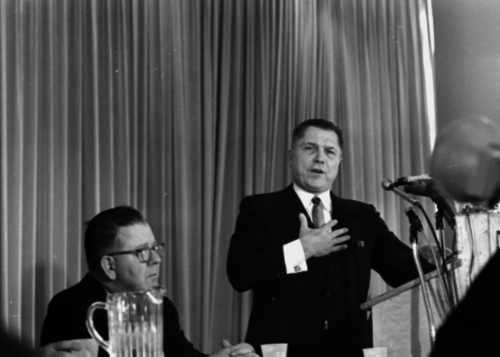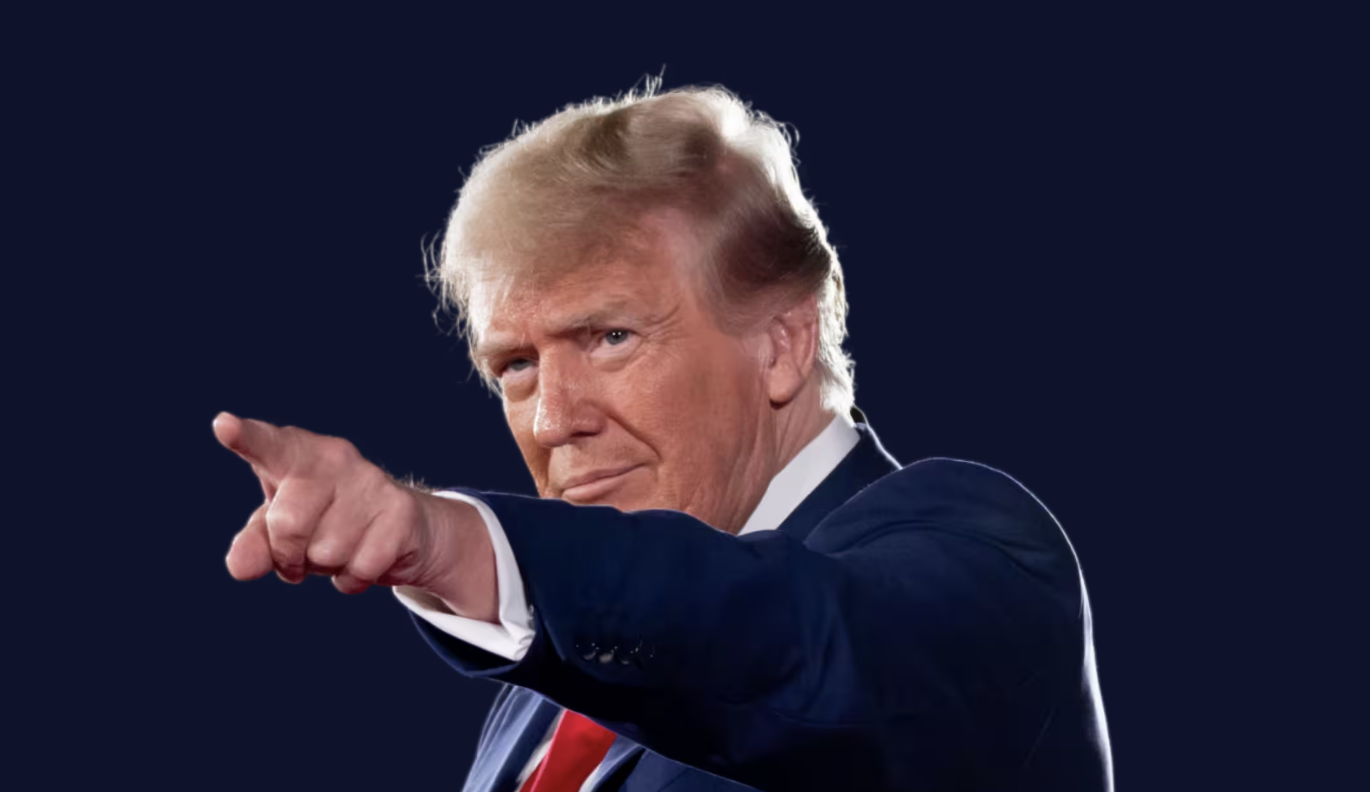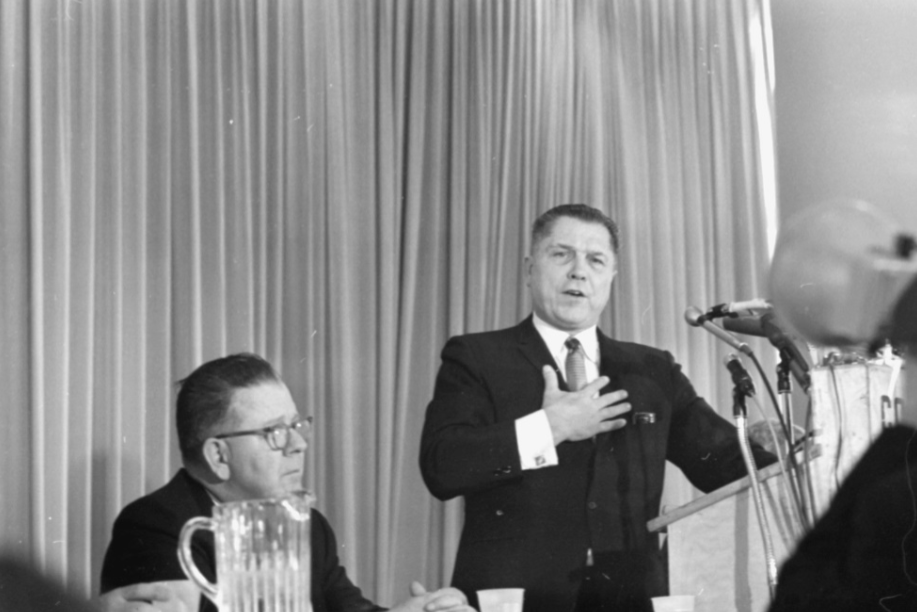
Jimmy Hoffa and his V.P. Frank Fitzsimmons in 1965. (Reuther Library)
Portions of this column were excerpted from Greg Stejskal's book, "FBI Case Files Michigan – Tales of a G-Man," published by The History Press. Stejskal was an agent for 31 years and retired as resident agent in charge of the Ann Arbor office in 2006.
Former Teamster President Jame R. Hoffa disappeared July 30, 1975, 50 years ago.
By Greg Stejskal
Following my new agent training at the FBI Academy in Quantico, Virginia, I reported to my first office, Detroit, on June 23,1975. Detroit is one of 56 FBI field offices in the U.S. and covers the whole state of Michigan.
My baptism would be about a month later. On July 31, the FBI learned that Jimmy Hoffa (James Riddle Hoffa), the former president of the International Brotherhood of the Teamsters had disappeared the day before. The disappearance immediately drew national attention. In investigations of this nature there is usually a short window of opportunity. All available Detroit agents including me were called in to
aid in the investigation. Hoffa was last seen in the parking lot outside the Machus Red Fox restaurant, and his car was found in the restaurant parking lot.
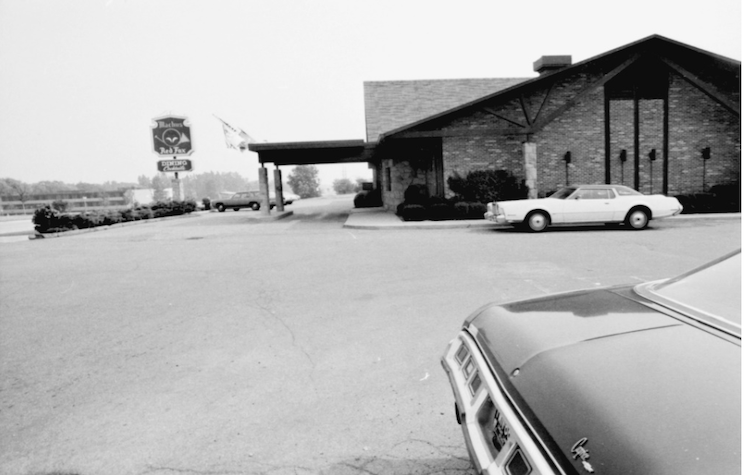
Parking lot of the Machus Red Fox (Photo: Courtesy of Walter Reuther Library, WSU)
The Machus was in Bloomfield Township, a suburb in Oakland county north of Detroit. In what is termed a “neighborhood investigation,” the area in and around the restaurant was flooded with agents trying to find witnesses who might have seen something.
Agents talked to employees and customers at the restaurant. It was difficult to identify many of the early afternoon customers from July 30 as many had paid with cash. Some were known to the employees or had made reservations. Credit card use was not as prevalent in 1975. I have often thought we might have had more success had there been cell phone location data available and/or the now seemingly ubiquitous security camera recorded images.
Six people had seen Hoffa in the parking lot. Five of the six talked to Hoffa. Hoffa never intended to go into the restaurant, and he apparently did not. The restaurant required a jacket and tie – Hoffa had not brought either with him.
Call His Wife
One witness saw Hoffa talking to three men in a car and another witness saw him get into the backseat of the car. The car was described as a maroon Lincoln or Mercury and the witnesses thought this activity occurred between 2:30 and 3. It was also established that Hoffa had called home 2:15-2:30 from a payphone outside of a hardware store adjacent to the restaurant and asked his wife, Josephine, if Tony Giacalone had called.

The author of the article, Greg Stejskal
He told his wife he was supposed to meet Tony Giacalone at 2, and he had not arrived. It was estimated that Hoffa left the parking lot in someone else’s car at between 2:50-3 p.m.. At Hoffa’s home a note was found on his desk that read, “TG – 230pm Wed 14 Mile Tel Fox Rest Maple Road” The time on the note was probably a mistake as Hoffa told several people the meeting was at 2. A rudimentary timeline had been established, and we knew who set him up and why. What we did not have was any evidence of a murder and no body. There’s a legal axiom that a murder cannot be proved without a body. That is not always true, but almost always.
Refused to Testify
After the initial investigation, it became a more traditional investigation involving fewer agents interviewing Hoffa’s family, associates, friends, enemies, and informants. A federal grand jury was used and between September and December 1975, 95 individuals appeared before the grand jury. Of these, 22 exercised their Fifth Amendment privilege and refused to testify.
The people refusing to testify were known LCN members and/or Teamster officials. The two original case agents were Robert (Bob) Garrity and James (Jim) Esposito both were seasoned OC agents. They understood the dynamics of the relationship between the Teamsters and the Mafia and how it came to be.
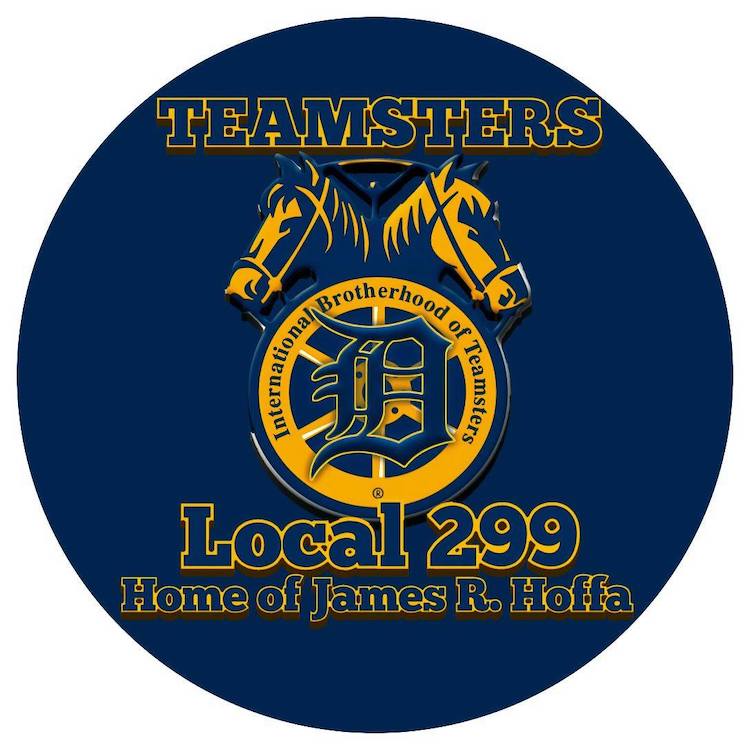
Jimmy Hoffa was working as a truck driver in Detroit when in 1931 he helped organize a strike of loading dock workers who off-loaded trucks delivering produce to Kroeger Grocery and Baking Co. in Detroit. At about that time, Hoffa joined the International Brotherhood of the Teamsters (A term originally used for
wagon drivers.) The Teamsters was established as a union for truck drivers and other workers in the trucking industry. After joining the Teamsters, Hoffa became an organizer for the union and began his meteoric rise in the union. He became president of Teamsters Local 299 in Detroit. In 1957 Hoffa became the national president of the Teamsters and was primarily responsible for making it the most dominant union in the country.
Hoffa also developed a symbiotic relationship with the Mafia. Initially the Mafia connection was in Detroit but involved nationwide activity. As an interconnected nationwide organization, the Mafia provided Hoffa and the Teamsters with muscle and entrée into various businesses like construction and trash hauling. In return
Hoffa gave the Mafia access to the Teamsters large pension fund. The Mafia used this access to invest in casinos and hotels in Las Vegas using front people so as not to disclose their involvement. These extremely profitable investments resulted in lucrative returns for both the Mafia and the Teamsters.
In addition to his questionable relationship with the Mafia, some of Hoffa’s other union related activities were illegal. In 1967 Hoffa was sent to prison on federal charges of fraud, bribery, and jury tampering. Hoffa was forced to cede the Teamsters presidency to his handpicked vice president, Frank Fitzsimmons. Even
in prison Hoffa retained his popularity with much of the Teamsters rank and file.
After Prison
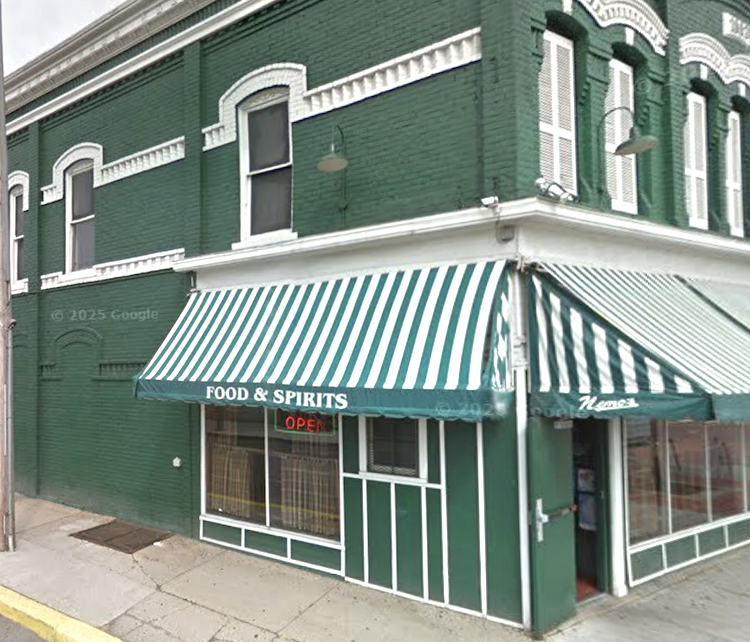
Nemo's (Google Maps photo)
He also continued to wield some control over union affairs. Upon his release in 1972 from prison, Hoffa began a campaign to regain control of what he regarded as his union. But Frank Fitzsimmons did not want to step down. Fitzsimmons gained some autonomy by being elected as president in his own right while Hoffa was in prison. Also, his Mafia sponsors were comfortable having the much more malleable Fitzsimmons in charge.
As Hoffa’s frustration grew, he started making not so subtle threats that he would expose the Mafia/Teamsters financial relationship. It is suspected that Hoffa orchestrated the bombing of Fitzsimmon’s son’s car in the parking lot at Nemo’s bar while they were in Nemo’s on July 10, 1975. Nemo’s was located a few blocks from the then Detroit Tiger’s stadium and a few blocks further from Teamsters Local 299, Hoffa’s and Fitzsimmons’ home local. Nemo’s was a regular hangout for Teamsters officers. Coincidentally, it was also frequented by FBI agents especially on Fridays after work.) If Hoffa was responsible for the bombing, it is not clear whether he intended to kill Fitzsimmons or just warn him.

Anthony Giacalone (left) and Vito Giacalone
On July 26, Anthony (Tony) Giacalone and Vito (Billy Jack) Giacalone both capos (caporegime, a captain) in the Detroit Mafia family, met with Hoffa at his residence in Lake Orion. Tony Giacalone was the primary Mafia liaison with the Teamsters. It is not known what was discussed at this meeting, but presumably it
involved Hoffa’s desire to regain control of the Teamsters and the threats he had made. Another meeting was scheduled for July 30. Hoffa believed he was to meet with Tony Giacalone and possibly others outside the Machus Red Fox. We know that Hoffa was there at the appointed time, but Tony Giacalone was not. Giacalone made considerable effort to make sure people knew he was at the Southfield Athletic Club (several miles from the Machus) the afternoon of July 30.
After Hoffa was seen getting into the backseat of a car in the restaurant parking lot, it is not known what happened to him. He was most probably killed, and his body was destroyed as quickly as possible. The Mafia was particularly good at making people disappear, but this was probably the most prominent, well-known person they had ever eliminated. The motive for his murder was his threat to expose the Teamster/Mafia relationship.
Declared Dead
In 1982 Hoffa was declared legally dead. Although no one was ever charged with the Hoffa murder, and his body was never found, there is relative certainty as to who was involved in the murder and why it happened.
The Mafia was successful in eliminating a threat to their very lucrative relationship with the Teamsters and the union’s pension fund.
The Mafia must have known that killing Hoffa would result in tremendous investigative pressure which it did. The mob probably thought by disposing of Hoffa’s body in a way that it could never be found, limiting the number of people who had knowledge and practicing omerta, the Mafia code of silence, they could weather the resulting investigation. To that extent they were successful, but their goal of retaining access to the Teamsters pension fund was short-lived.
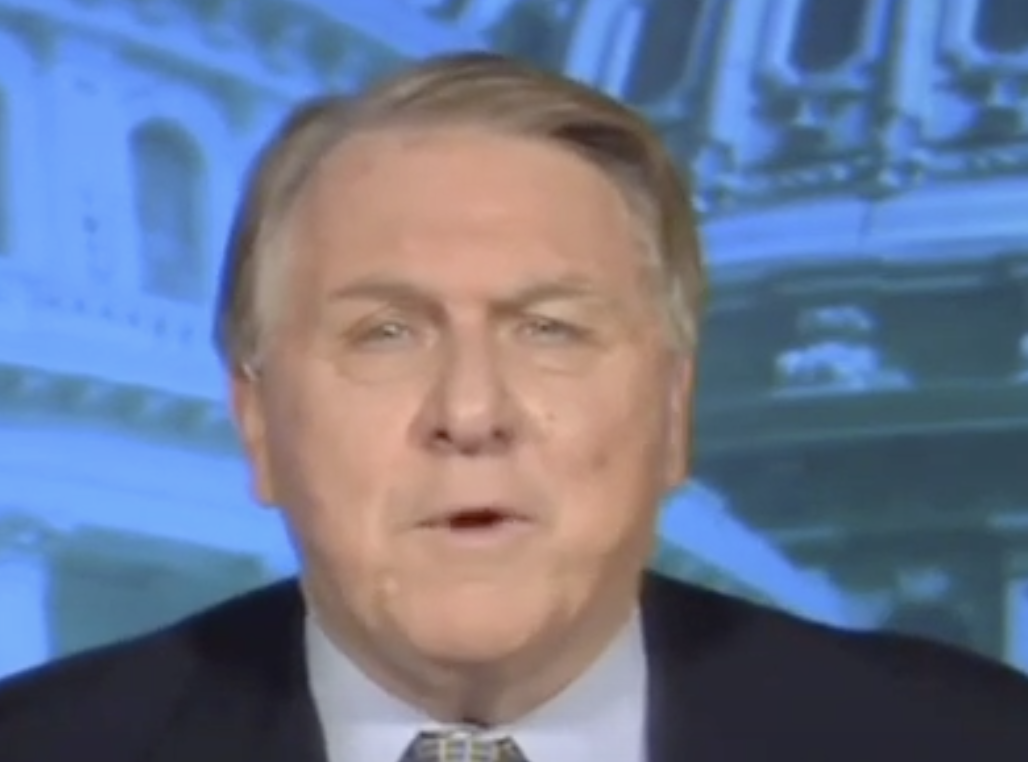
Son James P. Hoffa
The FBI investigation of the Hoffa disappearance continued for years and resulted in scrutiny of the corruption within the Teamsters. Ultimately the Teamsters were temporarily placed under federal control and many of the union’s officers were convicted of labor racketeering related charges including Frank Fitzsimmon’s son Richard, who had become the vice president of the Detroit Local 299. Ironically, Jimmy Hoffa’s son, James P. Hoffa, ultimately became national president of the Teamsters after the union was substantially purged of corruption.
During the ensuing years, there was much speculation as to the possible location of Jimmy Hoffa’s remains. Most of the people with knowledge of the investigation and the Mafia I have spoken to believe that Hoffa was murdered soon after he left the Machus Red Fox parking lot, and his body was destroyed soon after that, possibly in a commercial incinerator that was owned by members of the Detroit Mafia. That incinerator itself was destroyed by a suspicious fire a few months later. The FBI has done several excavations based on what were deemed to be somewhat credible information, but no body or anything of evidentiary value was found.
The FBI investigation of the Detroit Mafia family also continued. In 1996-98 the hierarchy of the Detroit Mafia family were prosecuted and convicted for violations of the Racketeering Influenced and Corrupt Organization Act (RICO). Some of the predicate acts establishing a RICO case involved the Detroit family’s “secret” acquisition of casinos in Nevada. In the 60s and 70s, those acquisitions used money from the Teamsters pension fund.
The hierarchy included both Tony and Vito Giacalone. Vito Giacalone pleaded guilty prior to the trial. Tony Giacalone, who had previously been convicted of tax evasion in 1976, never stood trial due to severe medical problems. He died from heart failure in 2001.

